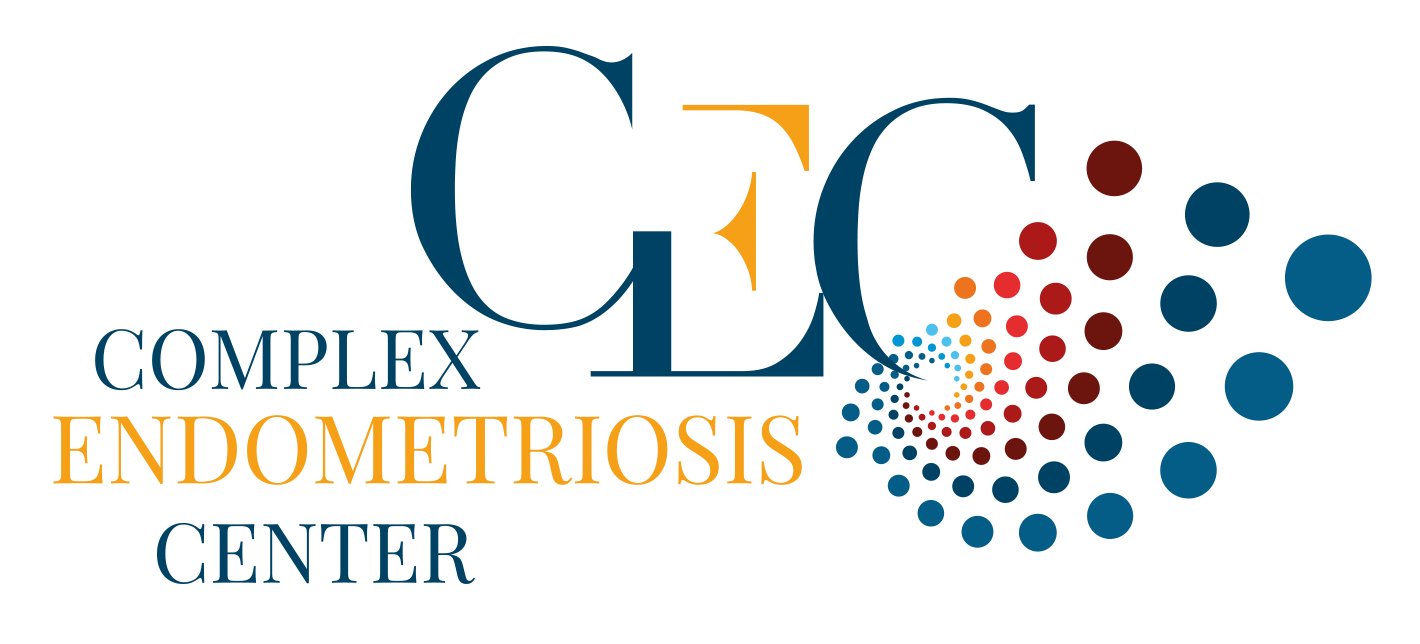What is an ovarian endometrioma?
Ovarian endometriosis is a specific form of complex endometriosis in which tissues similar to those of the uterine mucosa develop within the ovarian parenchyma.
When this phenomenon affects the ovaries, it is specifically called ovarian endometriosis or endometrioma. This condition not only causes considerable pain, but can also have a detrimental impact on fertility.
Characteristics of ovarian endometrioma
Ovarian endometriosis occurs when endometrial tissue, normally found inside the uterus, grows outside and forms lesions or cysts on the ovaries.
These cysts, also known as chocolate cysts because of their bloody, brown contents, can grow, causing intense pain and inflammation in the pelvic region and impairing ovarian function.
Symptoms of ovarian endometriosis may include:
- Chronic pelvic pain that intensifies during the menstrual period.
- Pain during or after intercourse.
- Difficulty conceiving and risk of infertility.
- Pain during defecation or urination, particularly during menstruation.
- Chronic fatigue and digestive symptoms such as diarrhea, constipation or severe nausea.
These symptoms result from inflammation and irritation caused by endometrial lesions that detach and bleed during the menstrual cycle.
How is an ovarian endometrioma diagnosed?
Diagnosing ovarian endometriosis is a complex process, as symptoms can often resemble those of other pathologies such as simple ovarian cysts or irritable bowel syndrome.
Here are the key steps followed by the Complex Endometriosis Center to diagnose this condition:
1. Clinical assessment
The process usually begins with a detailed assessment of the patient's symptoms. The doctor is particularly interested in the nature and location of pain, menstrual symptoms, fertility and general medical history.
Specific questions about pain during menstruation, sexual intercourse or physical activity can help guide the healthcare professional towards a diagnosis of endometriosis.
2. Clinical examination
During the clinical examination, the specialist may perform a pelvic examination to check for the presence of masses, tenderness or nodules in the pelvic region.
Areas potentially affected by endometriosis, such as the utero-sacral ligaments, should also be examined for signs of endometriosis.
3. Imaging techniques
- Pelvic ultrasound: This is one of the first imaging methods used to visualize pelvic organs. Ultrasound can identify endometriotic ovarian cysts, although it cannot detect all forms of endometriosis, or smaller or deeper lesions.
- Magnetic Resonance Imaging: MRI is more detailed than ultrasound and provides better quality images of soft tissue. It is useful for assessing the extent of endometriosis and for planning surgery if necessary.
4. Ovarian reserve test
In the case of ovarian endometriosis associated with infertility, it is vital to know the ovarian reserve. In this case, the specialist will ask for a hormonal blood test to be taken at the beginning of the menstrual cycle, and a pelvic ultrasound to count the number of antral follicles on each ovary.
5. Laparoscopy
Laparoscopy is considered the gold standard for the definitive diagnosis of endometriosis.
This is a minimally invasive surgical procedure in which a laparoscope is inserted into the abdomen through a small incision. This technique enables the surgeon to see endometriotic lesions directly and to take tissue samples for biopsy.
Laparoscopy not only confirms the diagnosis, but also treats any lesions found during the procedure.
What surgical treatments are available for ovarian endometriomas?
Surgical treatment may be considered in cases where symptoms are severe, or when the response to medical treatment is inadequate. Surgical interventions can range from conservative to more radical procedures:
Laparoscopy: As previously mentioned, this technique is mainly used to diagnose and treat endometriosis. It enables the surgeon to remove cysts and lesions with great precision, resulting in a shorter recovery time for the patient.
Conservative surgery: This surgical approach involves removing endometrial cysts while preserving the ovaries and fertility as far as possible. It is often performed laparoscopically. Cysts can either be excised (cystectomy) or ablated (vaporization of cystic walls with aser CO2). The choice of technique is discussed in consultation, depending on the goal to be achieved and the symptoms to be treated.
Oophorectomy: in the most severe cases, or when other treatments have failed, removal of one or both ovaries may be necessary.
These surgical operations are considered a last resort because of their impact on fertility and hormonal effects.
The Centre de l'Endométriose Complexe has recognized expertise in the treatment of all forms of endometriosis: deep, internal, peritoneal and, in particular, ovarian endometriosis, with many surgeons specializing in the different forms of this pathology.
